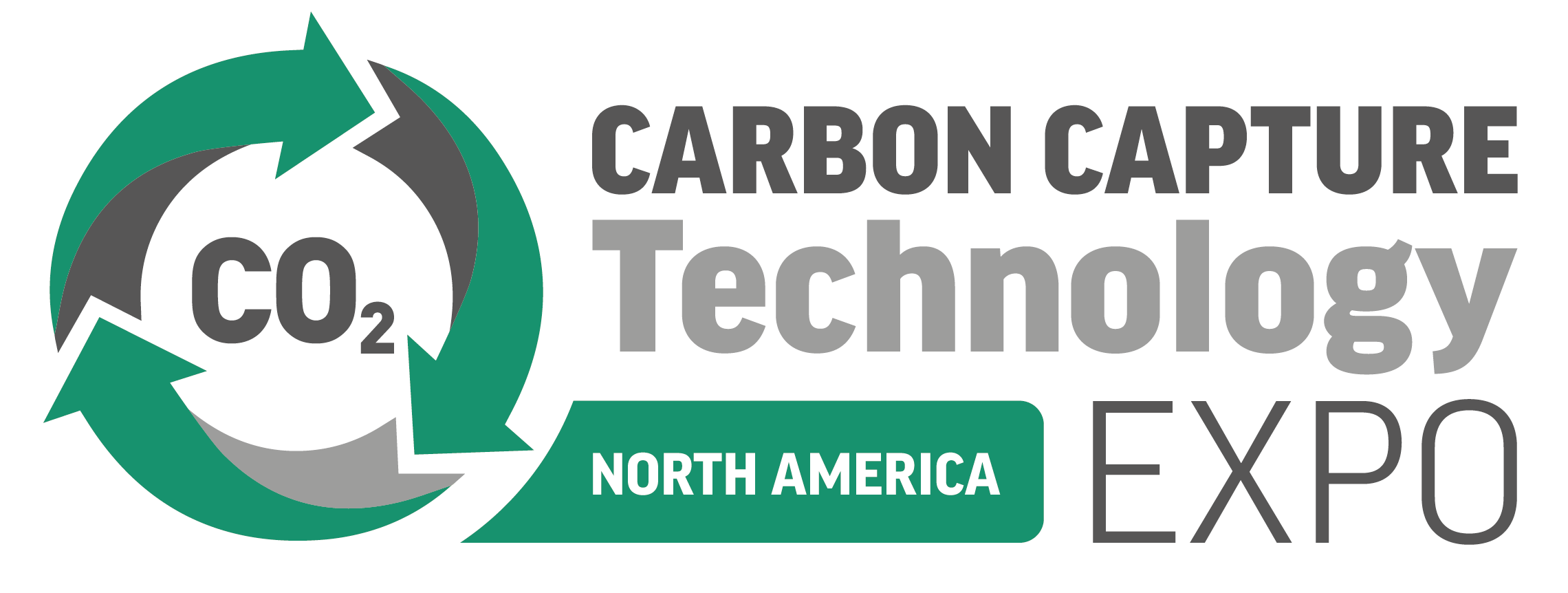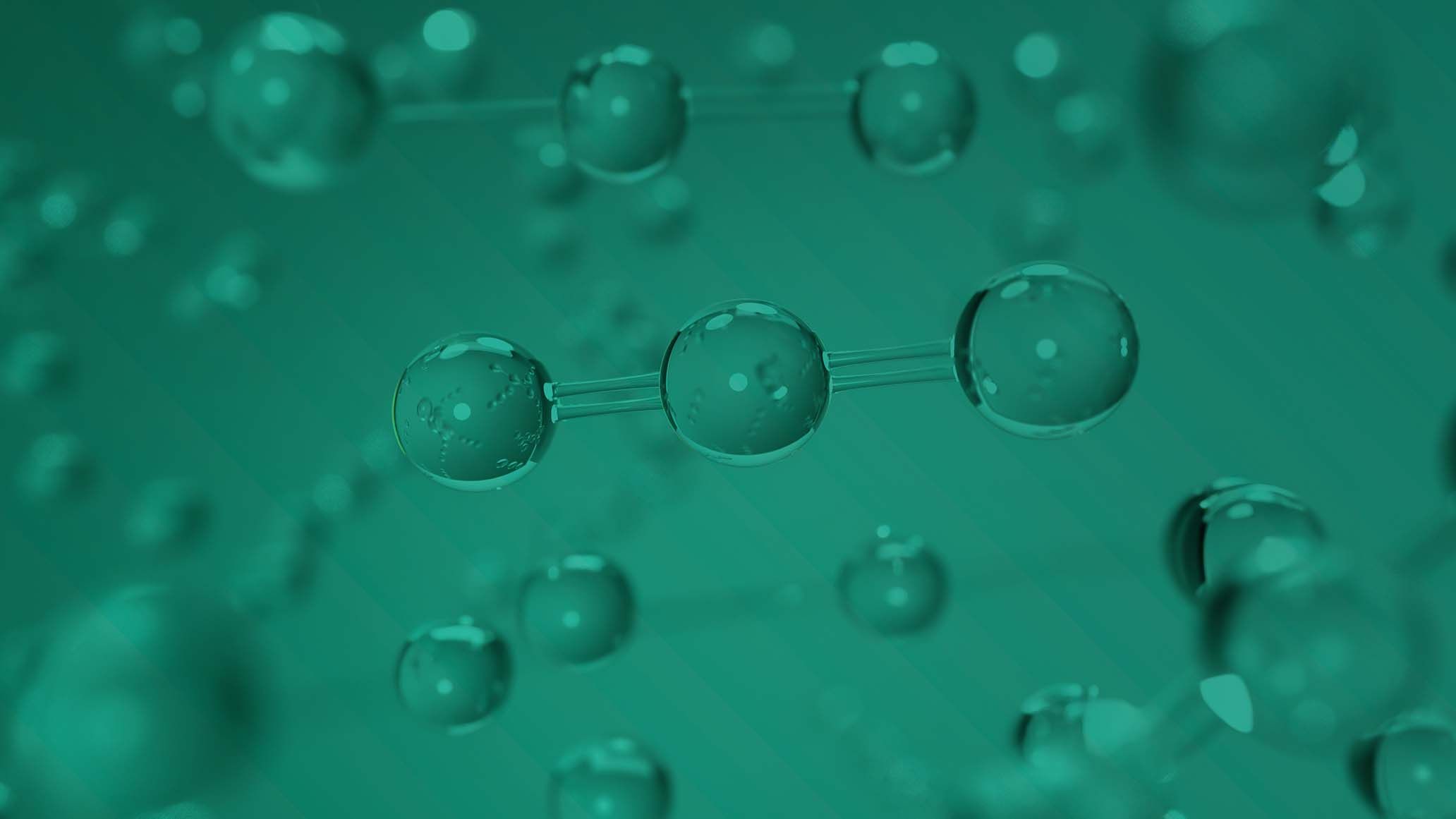Test Demonstrates that CO2 Captured from the Air Can Be Trapped in Concrete
)
A Californian start-up and a Canadian firm have joined forces to utilize a pioneering technological solution to tackleglobal climate change, as they successfully combine forces to mineralize carbon dioxide in concrete, reported CNBC on 3 February.
Heirloom Carbon Technologies recently transported thirty kilograms of carbon dioxide collected from the air surrounding its headquarters in the San Francisco Bay Area to Central Concrete, a Vulcan Materials’ subsidiary. The equivalent of driving seventy-five miles in a car was successfully reduced as the CO2 was secured in the concrete for centuries. This is the first instance of Direct Air Capture technology used to secure carbon dioxide in concrete.
To acquire the gas from the atmosphere, Heirloom heats limestone to eliminate naturally absorbed carbon dioxide. This material is then spread across trays and exposed to the air to absorb up to fifty percent of its weight in the gas within three days. This captured CO2 is then heated to release the carbon dioxide and the cycle continues.
As for the concrete aspect of the project, Canada’s CarbonCure technology mixes the CO2 with concrete ingredients, which not only strengthens the concrete but also cuts down on the need for cement – the element with the biggest carbon footprint in the mixture. The gas was integrated into the wastewater utilized to clean out trucks and subsequently incorporated into a new batch of concrete.
Capturing and containing carbon dioxide on a global scale is an expensive undertaking, as the development of huge, costly plants capable of absorbing millions or billions of tons of CO2 each year is necessary. The current cost of such operations is very high, with Heirloom charging an estimated $1,000, but Samala hopes to bring the price down to $100 a ton by the time their projects are in full operation.
Though concrete itself has its own controversy – as it is responsible for 8% of global carbon dioxide emissions – CarbonCure’s most used technology cuts this by approximately 5%, with their new method using wastewater having the potential to reduce this further by between 5-10%. This renders concrete as the go-to for carbon storage, with no realistic substitute for this material, as stated by CarbonCure CEO Rob Niven. Technology is capable of providing binding agents and other ingredients to clean up concrete production, though.
The model implemented by the Californian start-up and the Canadian company can provide a promising route forward to achieve carbon dioxide removal and secure storage on a global scale.



)
)
)
)
)
)
)



)
)
)
)
)
)
)
)
)
)
)
)
)
)

)

)
)
)

)
)
)
)
)
)
)
)
)
)
)

)

)
)
)
)
)
)
)
)
)


)
)
)

)
)
)

)
)
)
)
)

